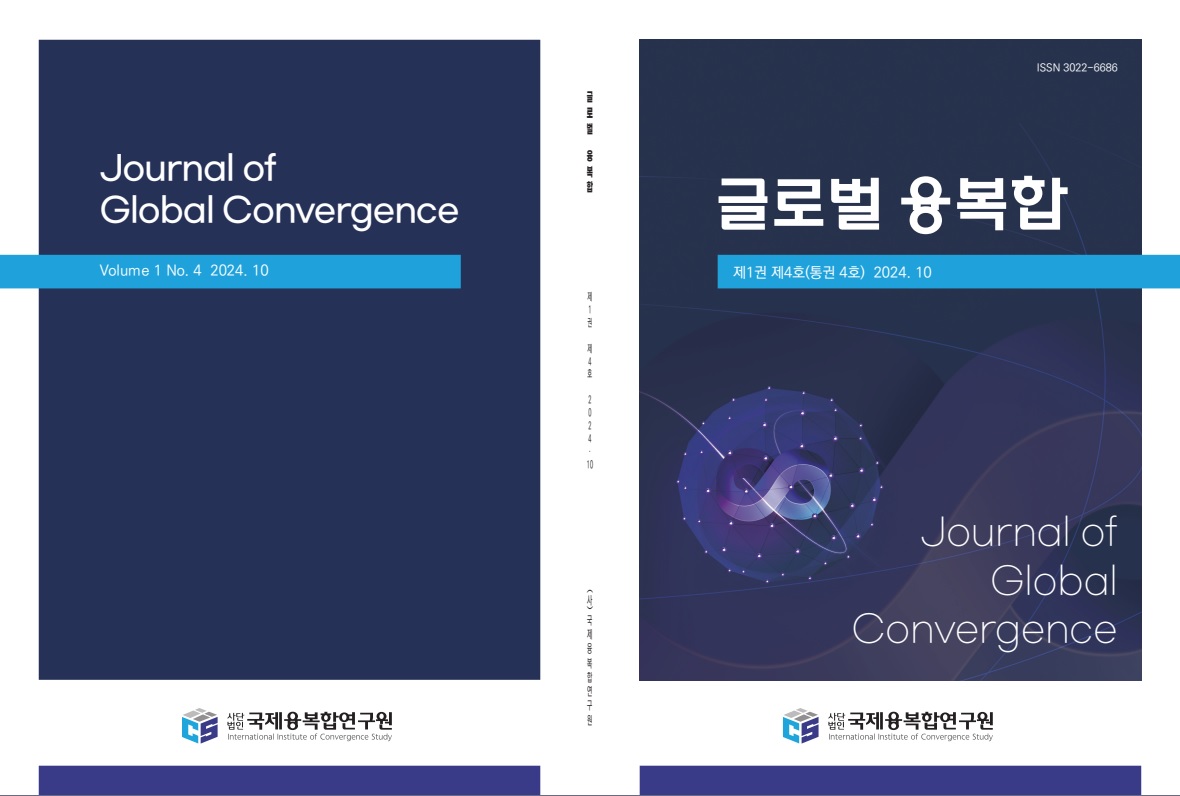한국 초음속 미사일 시대의 한국형 통합공중미사일방어(IAMD) 체계 연구: L-SAM II 중심의 다층방어 운용개념과 정책방향
Development of Korean Integrated Air and Missile Defense (IAMD) System in the Hypersonic Era: Multi-layered Defense Operational Concept and Policy Directions Centered on L-SAM I
저자
박우진
Woo-Jin Park
Woo-Jin Park
수록페이지
p.78-88 (11pages)
조회수
108
다운로드
7
- 창간연도
- 2024년 1월
- ISSN
- (Print)3022-6686 , (Online)3022-6651
- 수록권호
- 제2권 3호 (통권 7호)
- 발행일
- 2025.08
- 수록논문
- 20 articles
- 유형
- 학술저널
- 주제
- 사회과학, 자연과학, 예술체육학, 복합학
- 발행기간
- 2024.01 ~ 2025.08
- 발행주기
- 연 4회(계간)
- 총 권호 수
- 6 volumes
- 총 논문 수
- 94 articles
키워드
초록
21세기 들어 북한을 비롯한 주변국의 극초음속 미사일 기술 발전은 기존 미사일 방어체계의 근 본적 한계를 드러내며 한반도 안보환경에 새로운 도전을 제기하고 있다. 본 연구는 이러한 위협 환경 변화에 대응하여 한국이 개발 중인 L-SAM II를 중심으로 한 통합공중미사일방어(IAMD) 체계의 운 용개념을 체계적으로 분석하고 정책방향을 제시하는 것을 목적으로 한다. 연구방법론으로는 체계적 문헌검토를 통해 극초음속 미사일 기술 동향과 주요국 방어체계를 종합 분석하였으며, 공개된 정부자 료와 국방과학연구소 보고서 등 실제 데이터만을 활용하여 객관성을 확보하였다. 특히 미국, 이스라 엘, 일본 등 주요국의 미사일 방어체계와의 비교분석을 통해 한국형 체계의 고유한 특성과 우위성을 도출하였다. 연구결과, 한국형 IAMD는 기존 체계들과 달리 처음부터 극초음속 위협을 염두에 두고 설 계된 4층 계층적 방어체계로서 독특한 경쟁력을 보유하고 있음을 확인하였다. L-SAM II의 이중 요격 체 시스템은 고고도 요격체와 활공단계 요격체로 구성되어 다양한 극초음속 위협에 효과적으로 대응 할 수 있으며, 완전 통합 운용을 전제로 설계되어 기존 체계들의 구조적 한계를 근본적으로 해결하였 다. 또한 경제적 효율성 측면에서도 기존 서구 체계 대비 우수한 성과를 보여주었다. 본 연구는 한국형 IAMD의 효과적 운용을 위해 완전방어에서 핵심방어로의 전략적 전환, 체계적인 국제협력 및 기술수 출 전략 수립, 핵심기술 보호체계 구축, 능동방어 기술 개발 투자 확대 등의 정책방향을 제시하였다. 이러한 연구결과는 극초음속 시대에 대응하는 새로운 방어 패러다임을 제시함으로써 한국이 방어기술 분야의 글로벌 리더로서의 위상을 확립하는 데 기여할 것으로 기대된다.The advancement of hypersonic missile technologies by North Korea and neighboring countries in the 21st century has exposed fundamental limitations of existing missile defense systems, presenting unprecedented challenges to the security environment of the Korean Peninsula. This study aims to systematically analyze the operational concept of Korea's Integrated Air and Missile Defense (IAMD) system centered on the L-SAM II under development and propose strategic policy directions in response to this evolving threat landscape. The research methodology employed systematic literature review to comprehensively analyze hypersonic missile technology trends and defense systems of major nations, utilizing only publicly available government data and reports from the Agency for Defense Development to ensure objectivity. Comparative analysis with missile defense systems of major countries including the United States, Israel, and Japan was conducted to identify unique characteristics and advantages of the Korean system. The research findings reveal that Korea's IAMD possesses distinctive competitive advantages as a four-layer hierarchical defense system designed from the outset with hypersonic threats in mind, unlike existing systems. L-SAM II's dual interceptor system, comprising high-altitude interceptors and glide-phase interceptors, can effectively respond to various hypersonic threats, while its design premised on fully integrated operations fundamentally resolves structural limitations of existing systems. The system also demonstrates superior performance in terms of economic efficiency compared to existing Western systems. This study proposes policy directions for effective operation of Korea's IAMD, including strategic transition from comprehensive defense to critical defense, establishment of systematic international cooperation and technology export strategies, construction of core technology protection systems, and expanded investment in active defense technology development. These research findings are expected to contribute to establishing Korea's position as a global leader in defense technology by presenting a new defense paradigm responsive to the hypersonic era.
참고문헌 (0)
- 이전논문한미일 순환배치 확대가 한국의 병력감축 리스크 완화에 미치는 전략적 효과 분석 Strategic Effects of Expanded ROK-US-Japan Rotational Deployment on Mitigating South Korea’s Security Risks from Force Reduction
- 다음논문극한 상황에서의 초고속 군사혁신 메커니즘 연구: 우크라이나 전쟁 사례를 중심으로 한 전시 혁신 가속화 이론의 개발 Mechanisms of Ultra-Rapid Military Innovation in Extreme Situations: Development of Wartime Innovation Acceleration Theory Based on the Ukraine War Cases
 (사)국제융복합연구원
(사)국제융복합연구원